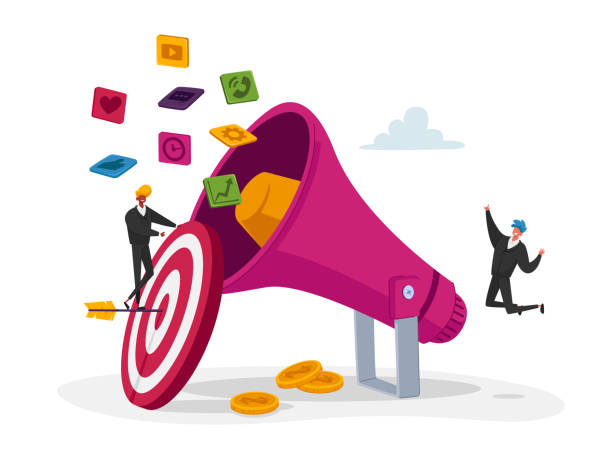Programmatic advertising has become a significant part of the ad buying landscape. In the future, advertisers will continue to rely on automation and AI to increase efficiency and effectiveness. What does the future look like for programmatic advertising?
Programmatic advertising refers to the automated buying media inventory using real-time bidding (RTB). Advertisers bid against each other for ad space or time slots on websites, apps, social media platforms, mobile devices, etc. The advertiser who wins the auction gets the spot.
As programmatic advertising becomes more prevalent, marketers will spend less time manually managing their campaigns and focusing more on strategy and innovation.
1. Programmatic Advertising
Programmatic advertising is online advertising where advertisers bid for ad space on websites based on keywords. Advertisers pay per impression (PPM) each time their ads appear on a website. Advertisers use tools like Google’s Display Network and Facebook’s Audience Network to target specific audiences to ensure they get the best rates possible. These networks allow advertisers to reach people who have shown interest in certain products or services.
2. Mobile Ads
Mobile advertisements are becoming increasingly popular. Business Insider says mobile ad spending will increase by over $10 billion between 2018 and 2019. This trend is expected to continue in 2020 and beyond.
3. Video Ads
Video ads are getting more popular than ever before. According to eMarketer, video ad spending will increase by over 25% in 2020 compared to 2019. This is mainly because consumers spend less time watching television and consuming more time-consuming content on social media platforms.
4. Social Media Marketing
Social media marketing is still going strong. According to HubSpot, social media marketing accounts for about 50% of digital ad revenue. Social media sites like Twitter, Instagram, and Facebook are great places to promote your business. You can share information about your company, answer questions, and build customer relationships.
5. Content Marketing
Content marketing is an effective way to attract potential clients. According to HubSpot, content marketing accounts for about 40% of digital ad spending. Blogging is a great way to create high-quality content that attracts visitors to your site. Once you have readers, you can encourage them to visit your store or buy your product.
6. Email Marketing
Email marketing is still a powerful tool for businesses. According to MailChimp, email marketing accounts for about 30% of digital ad revenues. Customers love receiving emails from companies they know and trust. Ensure your emails are relevant and exciting to keep your customer base happy.
7. Website Optimization
Website optimization is a critical step in the marketing process. If your website isn’t optimized correctly, it could cause problems. According to Kiss metrics, only about 20% of websites are fully optimized. That means 80% of websites aren’t doing enough to help drive traffic to their stores. To optimize your website, ensure it loads fast and works well across different devices. Also, make sure your website is mobile responsive.
Advertising companies are everywhere these days. Artisans provide services such as advertising campaigns, marketing strategies, and more. The question is, where should you start looking for them?
